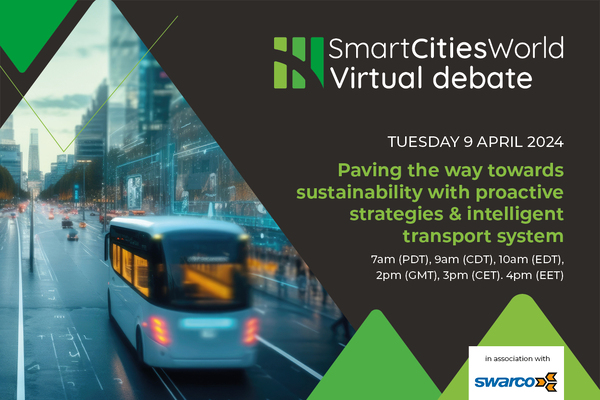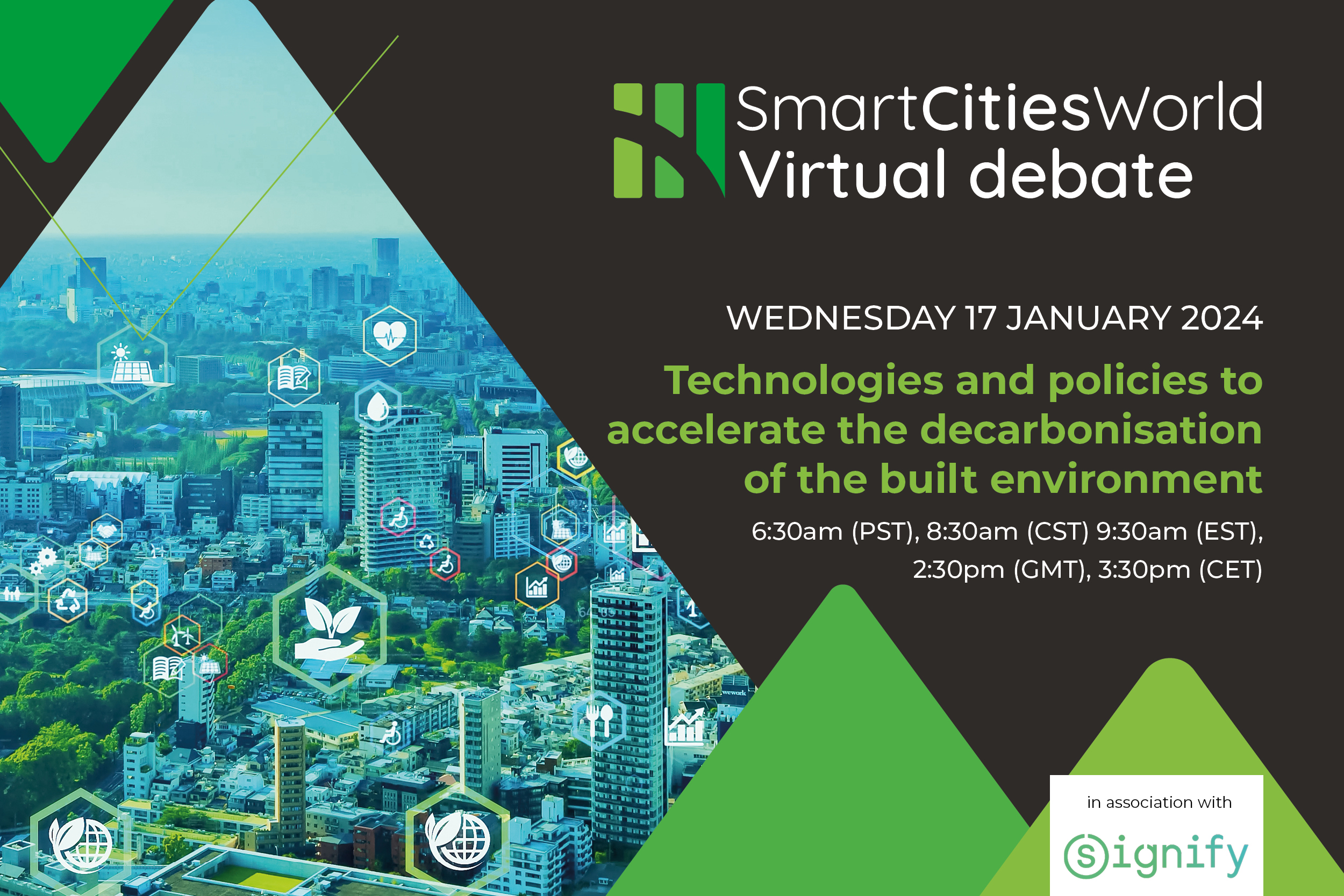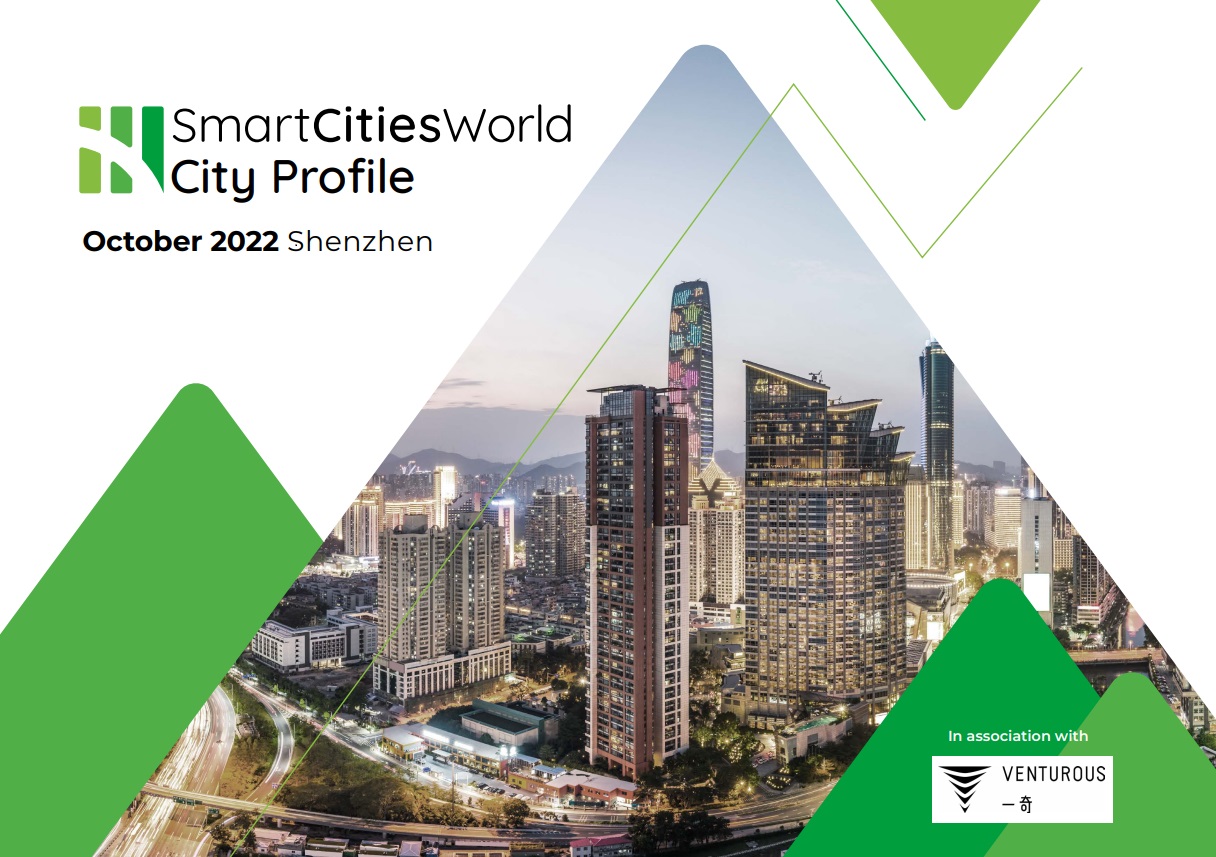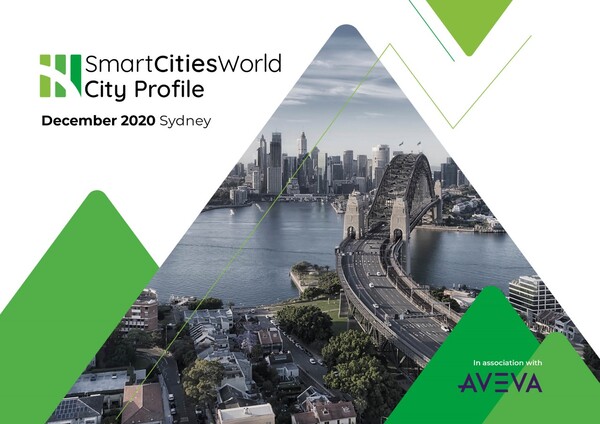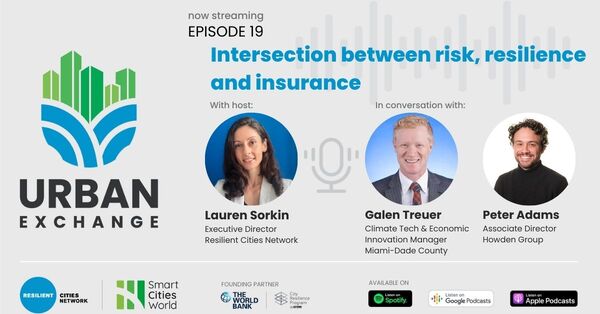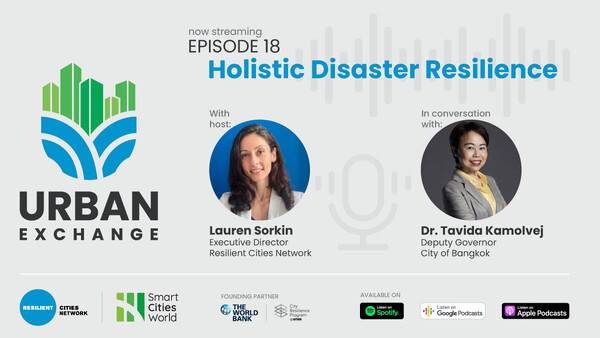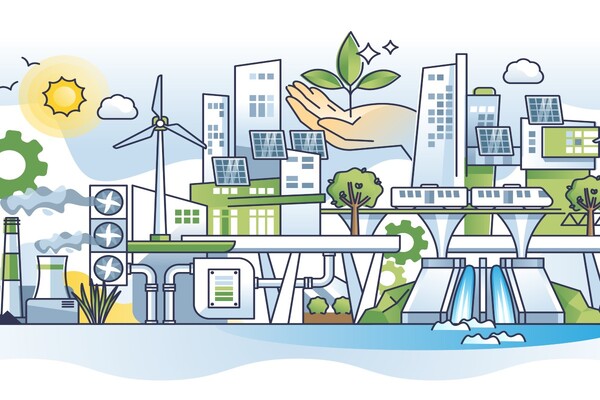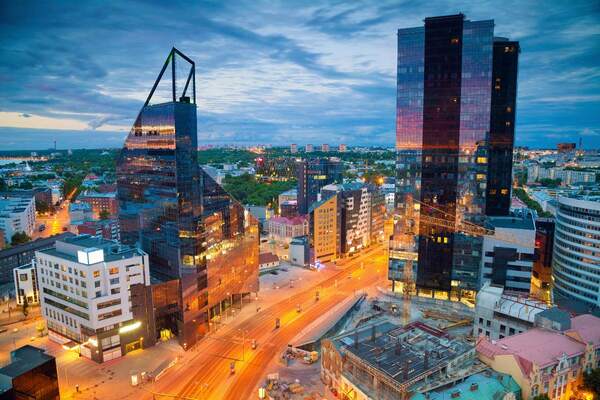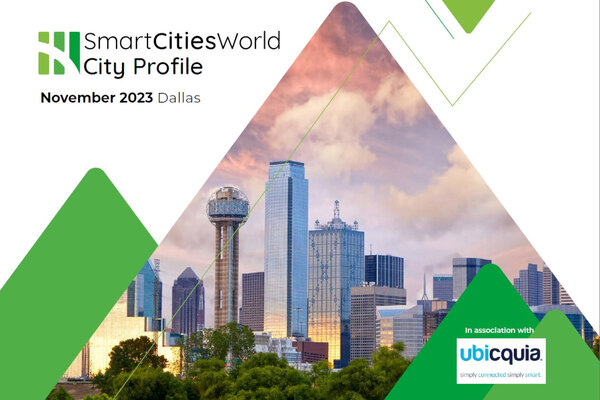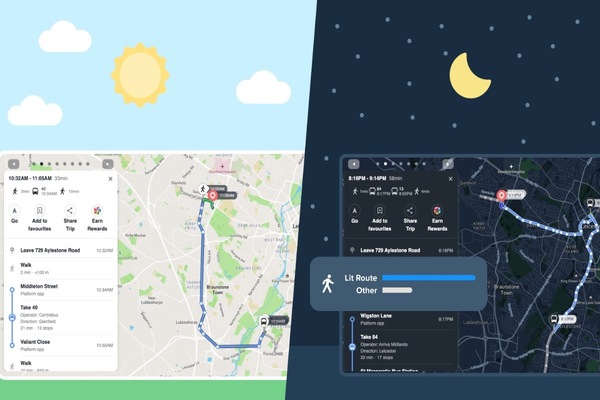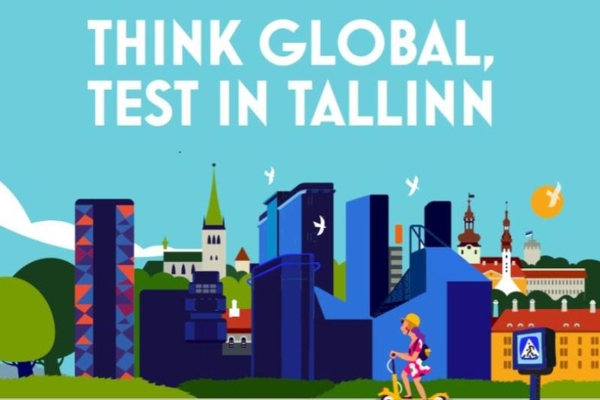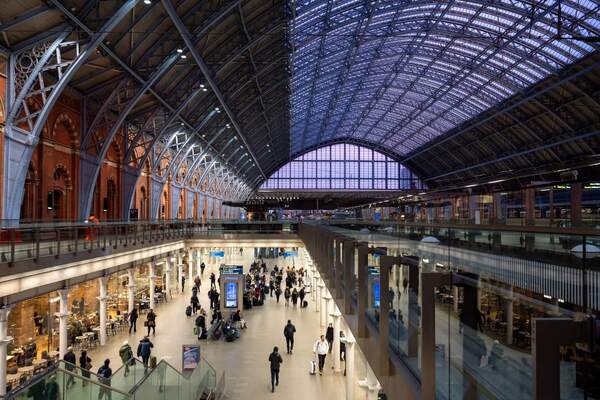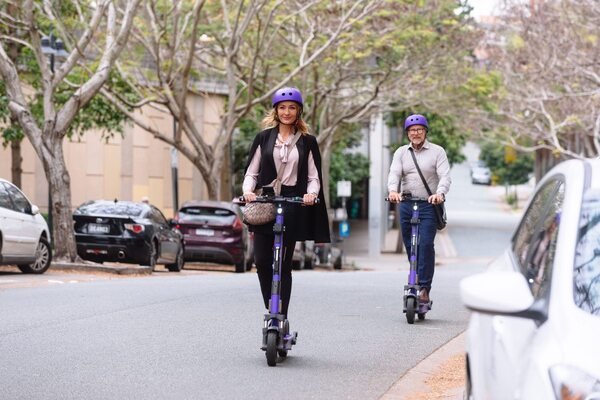Special Reports
SusHi Tech Tokyo 2024: experience ‘Tokyo 2050’ todaySponsored by The SusHi Tech Tokyo 2024 Showcase Program Executive Committee
The three biggest challenges to building a commutable smart city
Radim Cmar, Sygic, examines how we capitalise on the benefits of smart transportation solutions while avoiding negative repercussions.
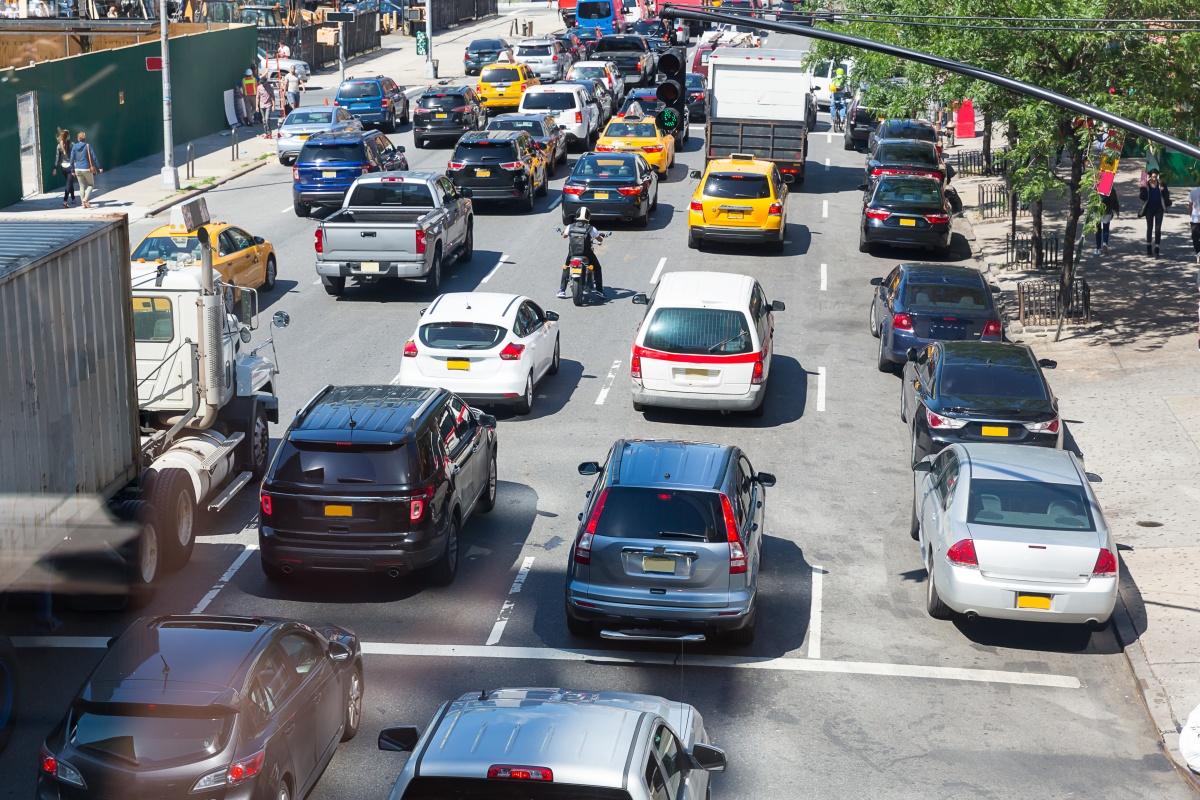
The world is getting smarter. We have smart cars, smart watches and smartphones. Cities are becoming smarter too. Smart cities, by definition, use data and communications technology to improve quality of life for people and increase the efficiency of transportation and other infrastructure in the city.
The essential goal is to use information systems to allocate resources correctly, thus turning the city into a well-oiled operational machine.
Among the top smart cities in the world are New York City, Barcelona, Stockholm, London, Tokyo and Singapore. These cities have set themselves apart from the crowd by immersing themselves in smart technology, using solutions which are environmentally sustainable, and innovating their transport systems to provide a better lifestyle for their citizens. Other cities worldwide are working to become smarter too.
Smart solutions offer many advantages for cities and their citizens. However, no system is perfect, and there are bound to be disadvantages too.
Smart solutions offer many advantages for cities and their citizens. However, no system is perfect, and there are bound to be disadvantages too.
Here are some of the biggest challenges, and some insight on how they can be overcome.
Privacy
While privacy concerns are valid, a lack of personalised data could hold smart cities back.
The concept of collecting citizens’ data raises a whole host of issues and concerns about privacy and potential monitoring.
Data needs to be collected from citizens for smart cities to be effective. However, that data should be collected in an anonymous and aggregated way. A pool of data collected in this way doesn’t hurt any individual and it saves money for the city, as well as aiding the development of more improved solutions down the line.
While privacy concerns are valid, a lack of personalised data could hold smart cities back.
One clear benefit is the better understanding of traffic patterns. The information can be used, for example, to set the best public transit routes and schedules to accommodate a high volume of citizens.
Personalised data could also help to build stronger communities – take calculating mobility patterns that match personal preferences, for example. Such as a system could identify exactly the modes of transportation which are most beneficial for a particular person.
The system could suggest alternate forms of transportation to the commuter, and even attach motivational incentives, such as discounts to some city services – all under the umbrella of city policy.
In Singapore and Sao Paulo, for example, the California-based Urban Engines uses GPS technology and metro card data to create a model of the travel routes that city residents take. Incentive programmes award points or prizes to those who travel outside of rush hour. This is an effective way to reduce city congestion at peak hours.
Earning trust
The biggest reservation people have when it comes to sharing personalised data is that their data is going to be somehow used against them. The use of data needs to be transparent, and it’s the responsibility of city officials to ensure that they are working with trusted and credible players.
The use of data needs to be transparent, and it’s the responsibility of city officials to ensure that they are working with trusted and credible players.
Think about the trust that people place in companies like Uber or Apple when they hand over their credit card information.
Without commitment and communication, truly sustainable solutions can die at the first hurdle.
Perhaps no aspect of modern city life is more frustrating than the daily commute. Drivers play a guessing game every day when they decide which route to take. Unless they know their city inside-out, it can be frustrating to end up choosing the road that has the most traffic.
In smart cities, central systems are capable of gathering information about large volumes of vehicles on the road at any given point. Using this data, they can redirect drivers to more optimal routes once they predict where traffic jams may occur. However, without good data and algorithms, a solution could send drivers on a route that’s equally bad. This could discourage drivers from using the solution at all.
As such, it’s important to be prepared for practical imperfections. Once a solution is initially deployed, it may have limited data. As the data becomes more plentiful and accurate over time, the solution becomes more viable. Until accurate data is available, it’s something of a circular problem – the system will work better the more data it gets from participants. At first, though, it won’t work so well, which in turn deters people from participating.
This can be overcome with external data provisioning, serious analytical work to make accurate predictions, and empowering the solution with attractive alternative functions.
The role of the city
Solutions need to come from cooperation with the city, starting with pilot programmes wherever possible. As the solution evolves, the city must be open to listening to citizen feedback and committed to iterative improvements.
On the other hand, citizens must understand that their data contributes to the greater good of the city. When altruism fails, incentive programmes are a way to motivate citizens and to overcome natural human selfishness. Powerful marketing campaigns should not be underestimated either.
Amsterdam, for example, has created an online community hub for all projects and initiatives related to its development as a smart city. The website constantly updates subscribers on advancements and encourages them to contribute to the cause through events, articles and project descriptions. Its goal is to bring together citizens, businesses and public authorities as they help form the future of the city together.
Stop tech taking over
Without a master plan, tech companies will take over. If cities and citizens alike aren’t proactive enough to develop smart cities and leave things to evolve randomly, tech companies looking to gain their own benefits will prevail. Ultimately, they will implement their solutions without the city’s help.
In the United States, New York Times reporter Farhad Manjoo has already outlined the ways that big tech companies are taking over the country.
Without a master plan, tech companies will take over.
If big tech companies decide to only create products that benefit them, smart cities won’t actually provide real solutions. A city that becomes flooded with Uber drivers, for example, does not reduce the city’s congestion – it actually means more cars on the road for longer hours throughout the day.
There has been ongoing controversy in Toronto, regarding the role of Sidewalk Labs (a subsidiary of Alphabet, Google’s parent company) in the new high-tech neighbourhood at Quayside on Toronto’s waterfront, with concerns around data and privacy.
Be prepared
Cities need to be more involved in the entire smart city process and make regulations based on their policies and culture.
In London, for example, there are charge zones. To cut congestion, drivers must pay a fee when commuting through these areas during peak traffic hours. Tech companies shouldn’t rule the city, but rather fit into their master plan. A clever government means clever solutions.
In the end, it’s important to keep a steady focus on the incredible potential that smart cities have to make citizens’ lives more comfortable, while also helping governments better manage their cities.
With any new solution or shift in urban development, there are bound to be repercussions. This is why governments should be prepared for any negative results that may come from their efforts to make cities smarter. This will ensure a smoother path to making cities smarter, greener, and less congested.
You might also like:
